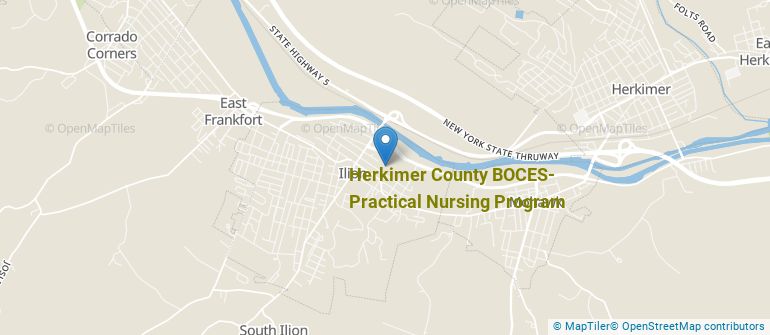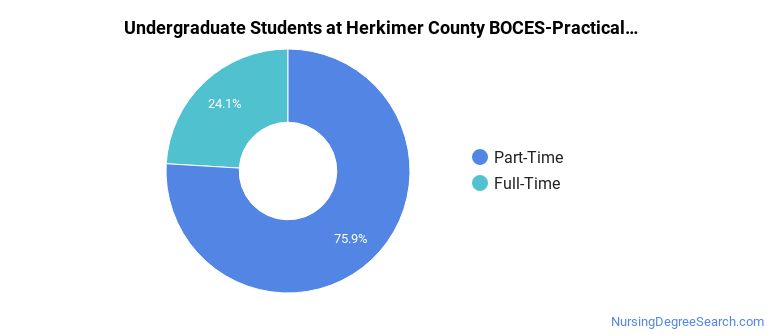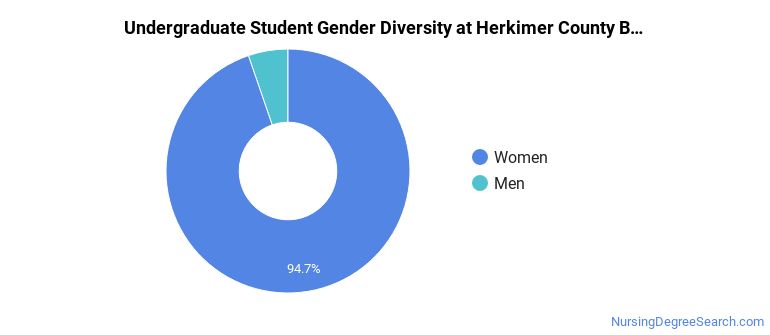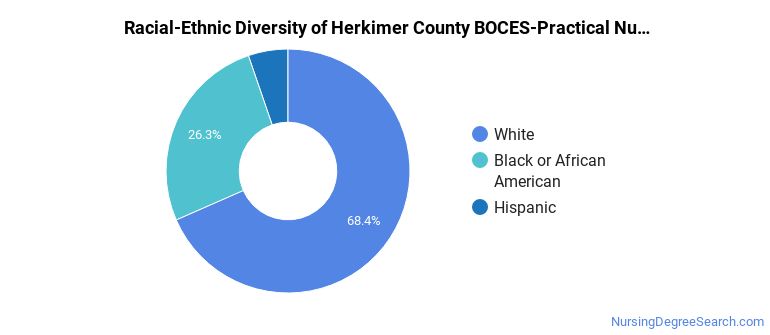Herkimer County BOCES-Practical Nursing Program Nursing Programs
Herkimer County BOCES-Practical Nursing Program is a public institution situated in Herkimer, New York. The charming, small-town atmosphere of Herkimer draws many to the area.
Where Is Herkimer County BOCES-Practical Nursing Program?

Contact details for Herkimer County BOCES-Practical Nursing Program are given below.
| Contact Details | |
|---|---|
| Address: | 420 East German Street, Herkimer, NY 13350 |
| Phone: | 315-895-2210 |
| Website: | www.herkimer-boces.org |
How Do I Get Into Herkimer County BOCES-Practical Nursing Program?
You can apply to Herkimer County BOCES-Practical Nursing Program online at: www.herkimer-boces.org/page/admission-process
Can I Afford Herkimer County BOCES-Practical Nursing Program?
Student Loan Debt
It's not uncommon for college students to take out loans to pay for school. In fact, almost 66% of students nationwide depend at least partially on loans. At Herkimer County BOCES-Practical Nursing Program, approximately 50% of students took out student loans averaging $7,423 a year. That adds up to $29,692 over four years for those students.
Herkimer County BOCES-Practical Nursing Program Undergraduate Student Diversity

Gender Diversity
Of the 19 full-time undergraduates at Herkimer County BOCES-Practical Nursing Program, 5% are male and 95% are female.

Racial-Ethnic Diversity
The racial-ethnic breakdown of Herkimer County BOCES-Practical Nursing Program students is as follows.

| Race/Ethnicity | Number of Grads |
|---|---|
| Asian | 0 |
| Black or African American | 5 |
| Hispanic or Latino | 1 |
| White | 13 |
| International Students | 0 |
| Other Races/Ethnicities | 0 |
Herkimer County BOCES-Practical Nursing Program Nursing Concentrations
The table below shows the number of awards for each concentration.
| Major | Undergraduate Certificate | TOTAL |
|---|---|---|
| Licensed Practical/Vocational Nurse Training | 31 | 31 |
| TOTAL | 31 | 31 |
References
*The racial-ethnic minorities count is calculated by taking the total number of students and subtracting white students, international students, and students whose race/ethnicity was unknown. This number is then divided by the total number of students at the school to obtain the racial-ethnic minorities percentage.
More about our data sources and methodologies.
